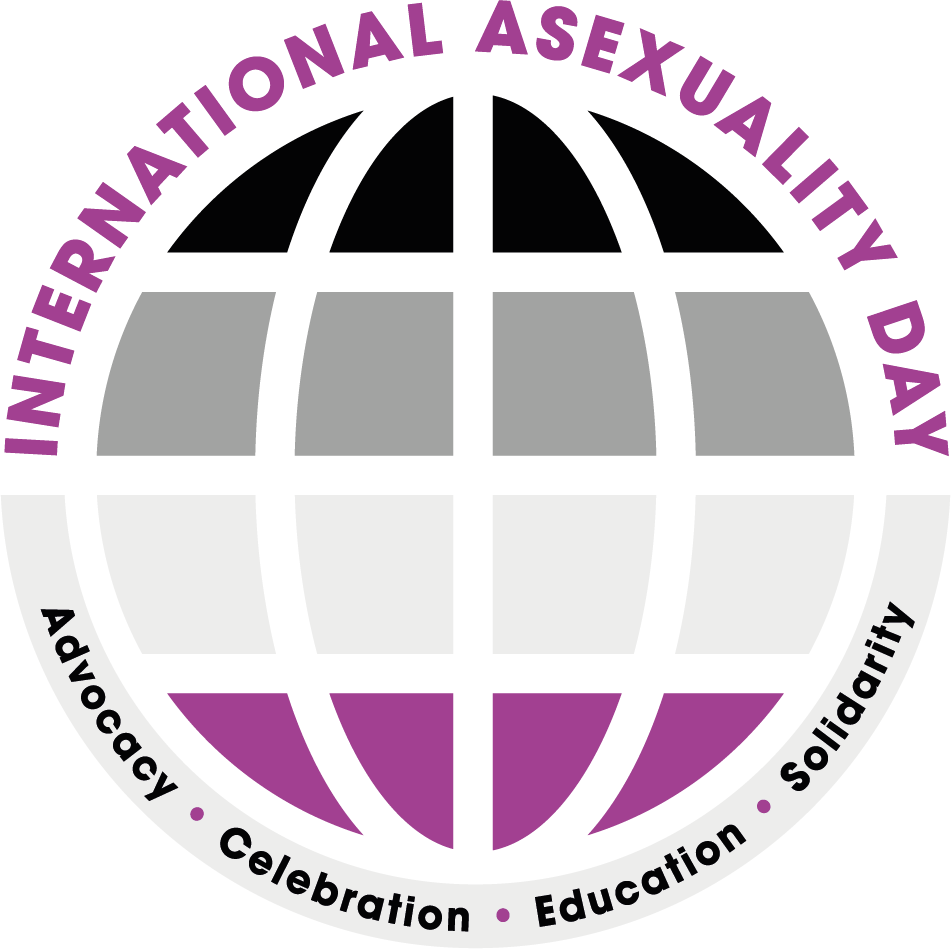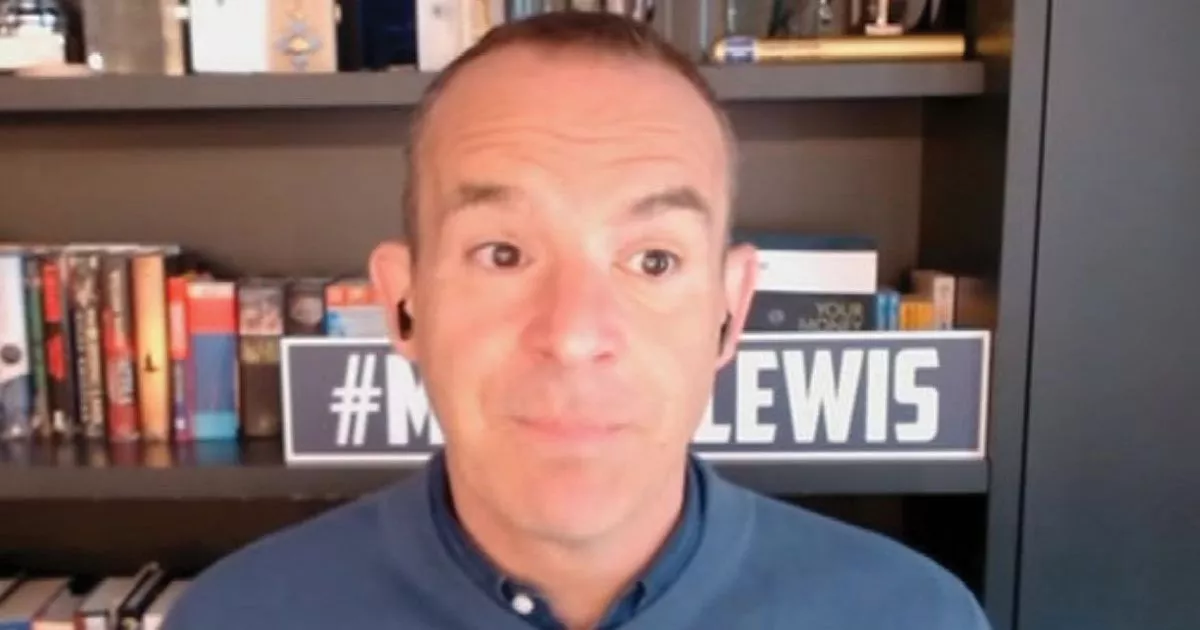International Asexuality Day: Understanding Asexual Identities

Table of Contents
What is Asexuality?
Asexuality is a sexual orientation characterized by a lack of sexual attraction to any gender. It's crucial to understand that asexuality is not a choice, a mental illness, or a disorder. The asexual experience is incredibly diverse, encompassing a wide range of personal experiences and identities. It's distinct from celibacy, which is a conscious choice to abstain from sexual activity, and abstinence, which is a temporary period of refraining from sex. Understanding the nuances of asexual attraction is key to dispelling common misconceptions.
- Asexual individuals may still experience romantic attraction: Many asexual people form deep romantic relationships, highlighting that sexual and romantic attraction are distinct experiences.
- Asexuality is not a mental illness or a disorder: Medical and psychological professionals recognize asexuality as a valid sexual orientation.
- The asexual experience is diverse and varied; there's no "one size fits all": The way asexuality manifests differs from person to person.
- Common misconceptions about asexuality need to be addressed: These misconceptions often stem from a lack of education and representation.
Exploring the Asexuality Spectrum
The term "asexual" encompasses a wide spectrum of identities and experiences. While some asexual individuals experience absolutely no sexual attraction, others fall under various sub-identities within the ace spectrum. Understanding this spectrum is vital for accurate representation and inclusivity.
- Demisexuality: Demisexual individuals only experience sexual attraction after forming a strong emotional connection with someone. The emotional bond is a prerequisite for sexual attraction.
- Greyasexuality: Greysexual individuals experience sexual attraction infrequently, weakly, or under specific circumstances. Their attraction may fluctuate, making it fall somewhere between asexual and sexual.
- Aromanticism: While often associated with asexuality, aromanticism is a distinct identity characterized by a lack of romantic attraction. Many asexual individuals identify as aromantic, but it's not a requirement. These identities exist independently and frequently intersect.
Challenges Faced by Asexual Individuals
Asexual individuals often face unique challenges, stemming primarily from a lack of understanding and representation in society. This lack of visibility contributes to feelings of isolation, invalidation, and even discrimination.
- Pressure to conform to societal expectations of sexual activity: Society often pressures individuals into conforming to heteronormative ideals, making it difficult for asexual individuals to feel comfortable expressing their identity.
- Difficulty finding partners who understand and accept asexuality: Finding a partner who respects and accepts an asexual identity can be challenging, leading to difficulties in forming intimate relationships.
- Minimization or denial of their identity and experiences: Asexuality is often dismissed or misunderstood, leading to feelings of isolation and a lack of validation.
- The invisibility of asexuality in popular media: Limited representation in media reinforces negative stereotypes and reinforces the misconception that asexuality is rare or non-existent.
Celebrating International Asexuality Day and Promoting Inclusivity
International Asexuality Day provides a crucial opportunity to celebrate asexual identities and promote understanding within the broader LGBTQIA+ community and society at large. Allyship is key to creating a more inclusive and accepting environment.
- Educating oneself about asexuality: Learning about the asexual spectrum and the experiences of asexual individuals is a crucial first step.
- Supporting asexual individuals and organizations: Supporting asexual-focused organizations and initiatives helps amplify asexual voices and create more opportunities for community building.
- Challenging misconceptions and biases: Actively challenging misconceptions and combating negative stereotypes surrounding asexuality is essential for creating a more welcoming society.
- Amplifying asexual voices and stories: Giving asexual individuals a platform to share their experiences helps increase understanding and acceptance.
Conclusion
International Asexuality Day offers a vital platform to understand and celebrate the rich diversity within the asexual community. By acknowledging the complexities of asexuality and actively dismantling harmful stereotypes, we can foster a more inclusive and accepting society for everyone. Understanding asexuality is paramount to building a truly diverse and equitable world. Let's continue the conversation and celebrate International Asexuality Day by learning more about the spectrum of asexual identities. Find resources and support for the asexual community and keep the conversation going throughout the year. Let's make every day a celebration of understanding and acceptance of all sexual orientations, including asexuality.

Featured Posts
-
 The Trial Ending Explained Teahs Role And Hidden Family Secrets
May 19, 2025
The Trial Ending Explained Teahs Role And Hidden Family Secrets
May 19, 2025 -
 Man City News Haaland Exit Rumors Heat Up
May 19, 2025
Man City News Haaland Exit Rumors Heat Up
May 19, 2025 -
 How Long Is Erling Haaland Injured Return Date Speculation
May 19, 2025
How Long Is Erling Haaland Injured Return Date Speculation
May 19, 2025 -
 Comesana Avanza En El Atp 500 De Hamburgo
May 19, 2025
Comesana Avanza En El Atp 500 De Hamburgo
May 19, 2025 -
 Four Week Warning From Martin Lewis Important Information Regarding Postal Services
May 19, 2025
Four Week Warning From Martin Lewis Important Information Regarding Postal Services
May 19, 2025
